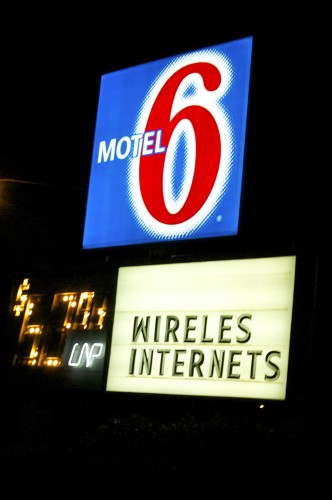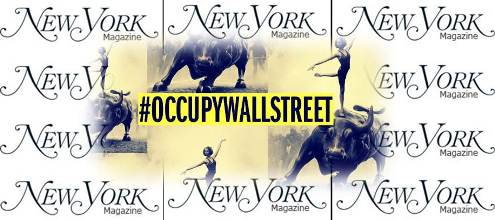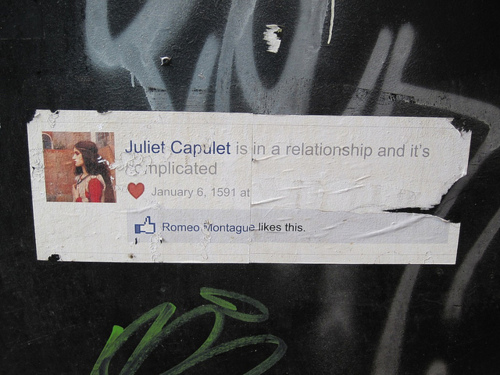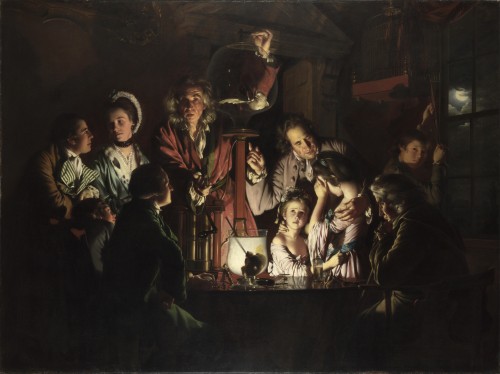
Today I want to offer a quick provocation that might make for interesting conversations (read: arguments) with family and friends this holiday season. Statistically speaking, you are probably on the road right now. Maybe you are just sitting down at your favorite reststop Sbarro (The Official Food of You Don’t Have Another Choice™) and, after checking in on Foursquare, you start reading some of your favorite blogs (that’s us). Then, maybe its your nosey uncle, or your 10-year-old sister, or your husband leans over and tells you to, “get off the Interent and interact with the real world.” Its a slightly rude thing to say, but you put your phone down and engage with those in bodily co-presence. What is it about the Internet that invites strong criticism from such a wide range of people? It is often said that 1) the Internet encourages anti-social behavior; 2) that it makes us lazy and contributes to increasing waistlines and decreasing attention spans and; 3) our increasing reliance on Internet services means we are widening the “Digital Divide” and cutting out the poor, the elderly, and the differently abled. Statements like these are too numerous to cite with links. Its the kind of socia commentary and pop psychology that has graced the pages of most news magazines. Could we take these arguments and apply them to other large sociotechnical systems? Since we all have transportation on our minds, let’s levy these criticisms against the highway and see where it takes us: more...






